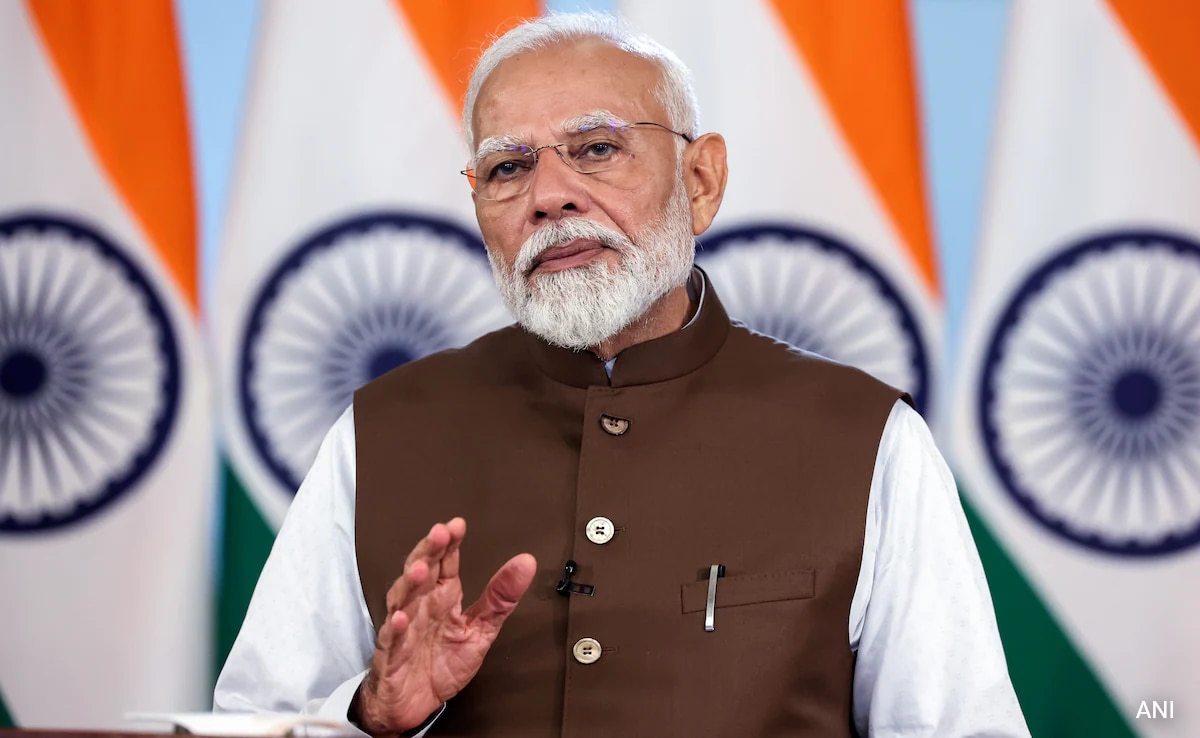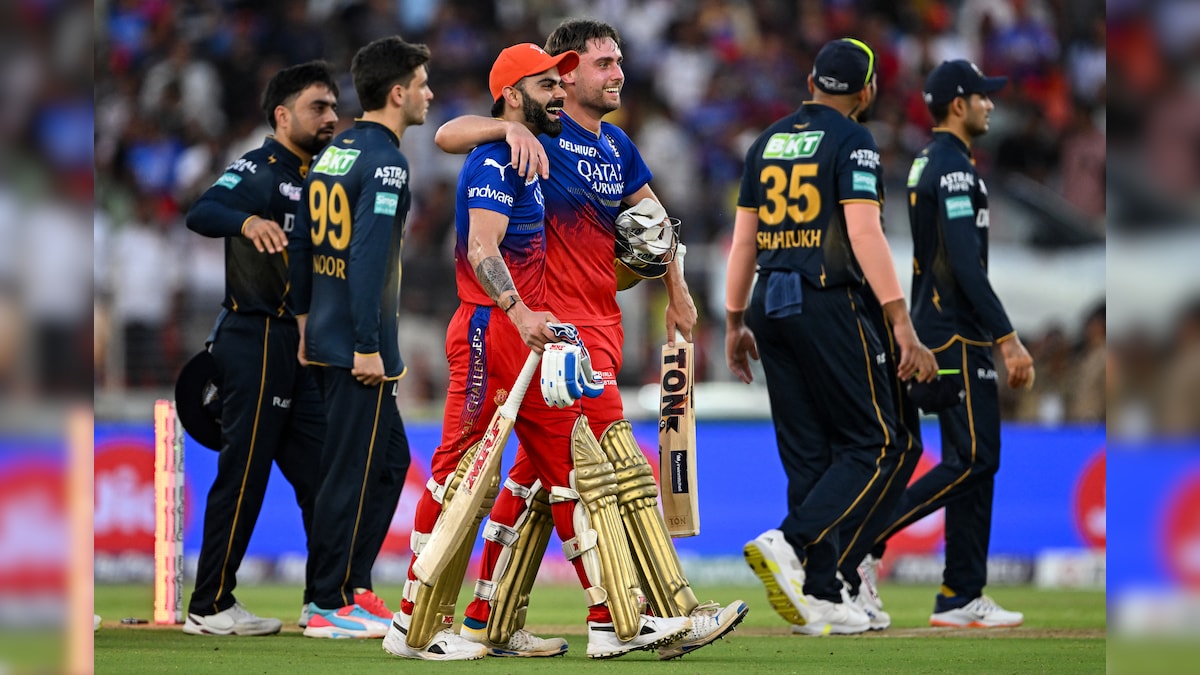
Eknath Shinde cabinet has approved the proposal for Maratha reservation.
Mumbai:
As the Eknath Shinde government in Maharashtra is holding a special assembly session today on the Maratha reservation issue, it will add another chapter to the community’s long history of fight for quota benefits.
Earlier attempts by state governments to introduce reservations for Marathas have been rejected by the courts. But waves of protest and the political importance of the community have repeatedly revived the sensitive issue. This community constitutes 33 percent of the population of Maharashtra.
Amid the latest pressure, Mr Shinde said Marathas will be given reservation as per law after presenting a survey report during the day-long session today.
The Chief Minister has said, “A survey has been done on about 2-2.5 crore people. We have called a special session of the Assembly on February 20, after which Maratha reservation will be given as per the law.”
The state government’s latest move on the quota issue comes in the wake of a protest led by activist Manoj Jarange Patil, who has started an indefinite hunger strike in his village in Jalna district.
Maratha Arch
The Maratha community, which came to prominence with the establishment of the Maratha Empire by Shivaji in the 17th century, is more of a caste group than a caste. “Maratha” was used in British records as a term to denote elite classes within different castes. After independence, the community opposed any reservation as they did not want the “backward” tag.
But as the income from farming declined, murmurings began. Caste politics came to the fore after the Mandal Commission report in the 1980s. In Maharashtra, Anna Saheb Patil then started a movement along with Congress demanding reservation for Marathas. However, this was a demand for quota not on the basis of caste but on the basis of economic criteria. But as caste politics gained momentum following the VP Singh government’s move to implement the Mandal Commission report, leaders of the Maratha quota movement started demanding benefits under the OBC category. This was opposed by OBC leaders, who say that if Marathas are added to the quota list, their share in government jobs and benefits will reduce. Over the past few years, three central and three state commissions have refused to consider Marathas as backward.
attempts, failures
In 2014, just before the elections, the then Congress government led by Prithviraj Chavan had implemented 16 per cent reservation for Marathas. Bombay High Court rejected this and said that the Supreme Court has already made it clear that reservation cannot be more than 50 percent of the total seats.
The next wave of demand for quota came in 2016–2017, when a 15-year-old Maratha girl was gang-raped and murdered in Kopardi village in Ahmednagar district. In 2018, the then Devendra Fadnavis government had announced 16 percent reservation for Marathas. It was rejected by the Supreme Court in 2021 on two grounds – it violated the 50 per cent quota limit and there were no ‘exceptional circumstances’ to justify it.
Eknath Shinde government is now making its third attempt to bring reservation for Marathas. This law proposes 10 percent reservation for the community in jobs and education. The Cabinet has approved the proposal and it will now be presented in the Assembly.
Follow us on Google news ,Twitter , and Join Whatsapp Group of thelocalreport.in
















